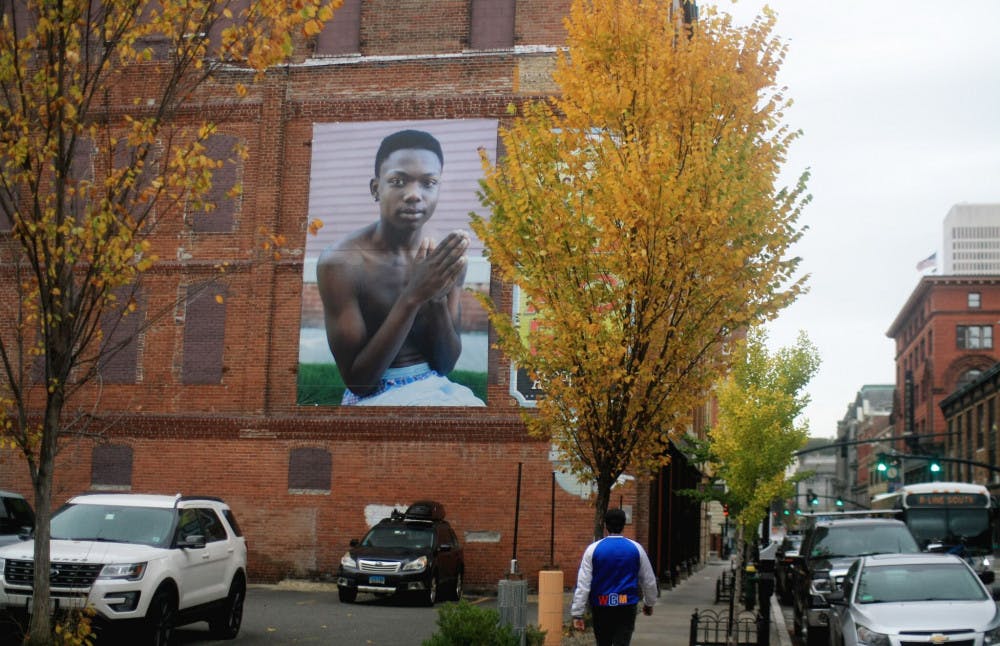Photojournalist and educator Mary Beth Meehan has made a life out of telling other peoples’ narratives. Enticed early-on by photography, Meehan has worked to use the medium to bind communities together and to empower marginalized voices.
“I fell in love with photographs way before I ever realized I could become a speaker of them,” Meehan said. “As a kid, I always loved my family photos and would just spend forever gazing at their still-images.”
But it was only after a summer college internship in journalism that Meehan began conceiving of photography as a way of making a living. “I worked for a small, low-budget paper one summer during college, and that experience really cemented my affinity for photography,” she said. “While my bosses liked the stories I was writing, what really stuck with them were the photos I took to accompany the articles.”
This epiphany blossomed into a full-blown career pivot to photojournalism. “Before that, I didn’t realize you pull off photography as a career. I realized that being a photojournalist meant doing photography in a way that was actually rooted in the world,” Meehan said. “That led me to eventually complete a Master of Arts in photojournalism at the University of Missouri.”
After completing her master’s, Meehan charted a course back to New England with the intention of expressing her community’s narratives and cultural diversity. Her on-going project “Seen/Unseen” epitomizes this artistic mission, comprising a series of photographs and correspondent written narratives that encapsulate the lives of Providence citizens.
Documented on her blog and banners across downtown Providence, the photographic installation works to “interrogate the process of trying to represent others,” according to Meehan’s website, aspiring to advance community-binding dialogue and to illicit intimately profound insights for viewers into the lives of the subjects portrayed. These subjects encompass and span various identities, giving space to Marina, a woman from the East Side’s Elmside enclave of Orthodox Jews, Thuan, a Vietnamese immigrant tortured by Cambodian soldiers and others that make up the Providence community.
“Seen/Unseen” has grown considerably since its 2015 inception. Meehan has come to be backed by grants funded sources that range from the municipal level — the Rhode Island Council for the Humanities — to the federal level — the National Endowment for the Arts.
“The city of Providence’s Department of Art, Culture and Tourism actually got funding from the NEA for the project. The process of receiving funding was very organic since Providence has a really evolved set of creative stakeholders,” Meehan said. “You don’t just get to hang big banners of your work in any city.”
The project has extended past Providence’s borders to Newnan, Georgia, which has a public installation analogous to Providence’s planned for 2019 according to Meehan’s blog. “I employed the same framework I use in all of my work during my time in Newnan,” Meehan said. “Tons of conservations and observations that aim to get at the heart of whatever ecosystem I’m photographing” — a methodology of communal art that Meehan stressed throughout her recent artist-in-residency at Stanford University.
“I taught a six-week master-class at Stanford for undergraduates in photography and fine arts. The goal was to get past the headlines of what Silicon Valley is about,” Meehan said. “What was immediately apparent to me in that ecosystem was how so many people live on the fringe of socioeconomic security there due to the exorbitant real estate — even those with high-paying salaries.”
But the pedagogy Meehan most enjoys taking part in happens not in university lecture halls, but in third grade classrooms. Meehan has extended her fondness for narrative-telling to the bilingual third-graders of Pawtucket’s International Charter School.
“I’ve taught at the ICS for almost ten years now, teaching children the same modes of photojournalism I taught students at Stanford and (the Massachusetts College of Art and Design),” Meehan said. “We host three exhibitions a year where the kids take part in exhibitions capturing their lives. Ultimately, their body of work feels (like) a part of my body of work.”





